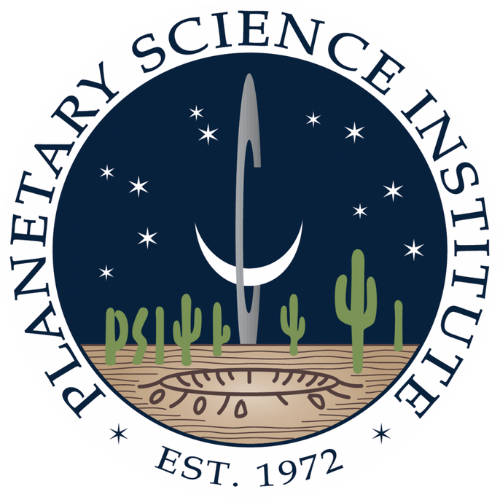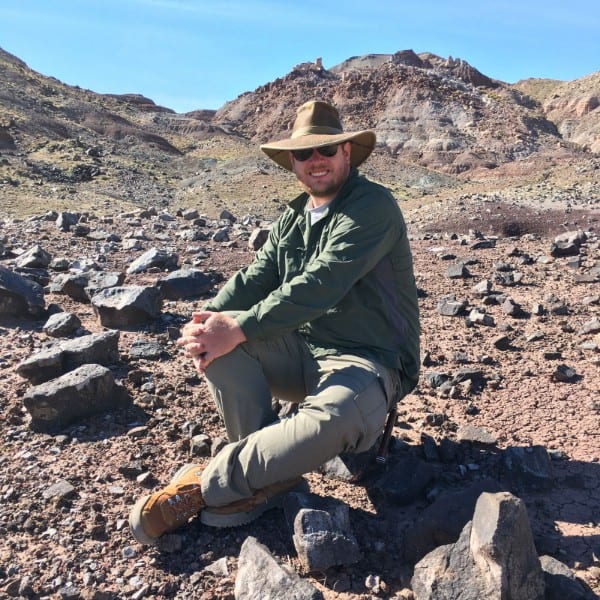External Partners
- Jet Propulsion Laboratory
Project Description
The Earth Surface Mineral Dust Source Investigation (EMIT) is currently operational on the International Space Station (ISS). EMIT measures the spectral range from 0.38 to 2.50 microns with 285 contiguous spectral channels with approximately 60-
m pixels and ~77 km swath width. The EMIT ground system uses Tetracorder (Clark et al., 2003 JGR, USGS 2010, LPSC 2015, Clark et al., 2020 JPL D-104479, EMIT L2B ATBD) to identify and map materials. Tetracorder 5.27 is being be used to identify and map the EMIT 10 minerals (illite, kaolinite, smectite, calcite, dolomite, hematite, goethite, gypsum, vermiculite, mica) in arid surfaces to calculate dust impacts upon climate change models. To identify the EMIT 10, many other minerals, amorphous materials, organics, man-made materials and vegetation must also be identified (hereafter referred to collectively as materials). The large array of materials that are mapped allows for many additional science problems to be addressed, including mineral deposit exploration, ecosystem health, pollution, environmental disaster assessment and others. Additional reference spectra for identification and mapping other materials can easily be added. The data, once calibrated are made publicly available at the EROS data center, usually within a couple of days of receipt from the Space Station.





